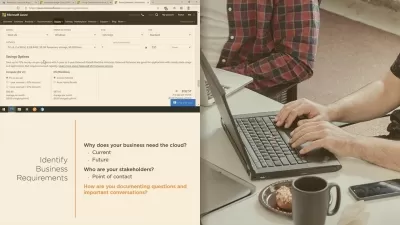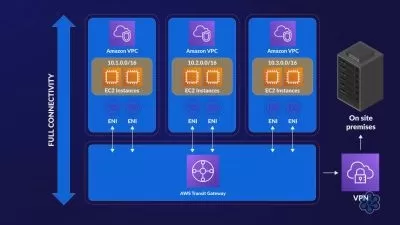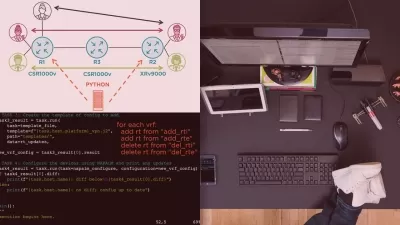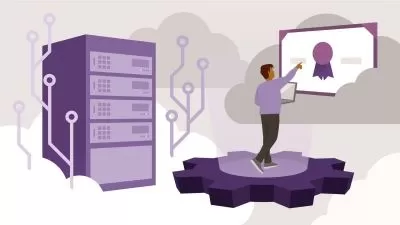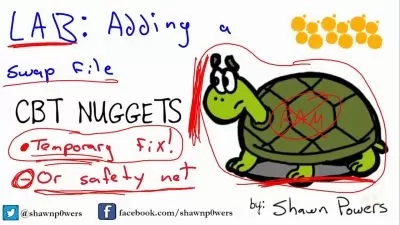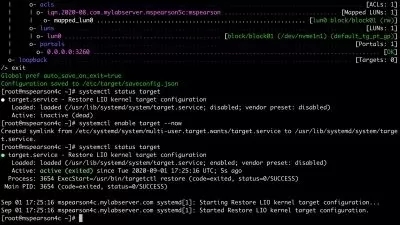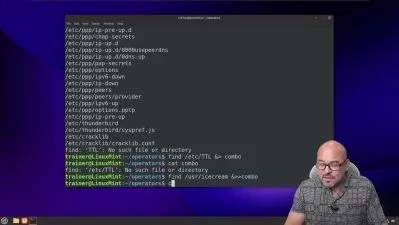Mastering Linux Storage Using LVM2
Andrew Mallett
3:30:20
Description
Many certification courses will help you with the basics of configuring LVM logical volumes and this course will show you the basics and advanced features of LVM so you are not left on your own.
What You'll Learn?
At the core of Linux storage subsystems is a thorough knowledge of configuring logical volumes to support different tasks. This course, Mastering Linux Storage Using LVM2, will show you how to configure more than just standard volumes. First, you’ll learn the basics of LVM volumes. Next, you’ll explore advanced volumes and using provisioning. Finally, you’ll discover how to make the best use of limited access to SSDs by configuring cache volumes in LVM2. When you’re finished with this course, you’ll have a foundational knowledge of Linux storage that will help you as you move forward to provide the most cost-effective storage solutions for your enterprise. This course is run on Ubuntu 18.04, but any recent Linux distribution will be sufficient.
More details
User Reviews
Rating
Andrew Mallett
Instructor's Courses
Pluralsight
View courses Pluralsight- language english
- Training sessions 47
- duration 3:30:20
- level average
- Release Date 2023/10/20






